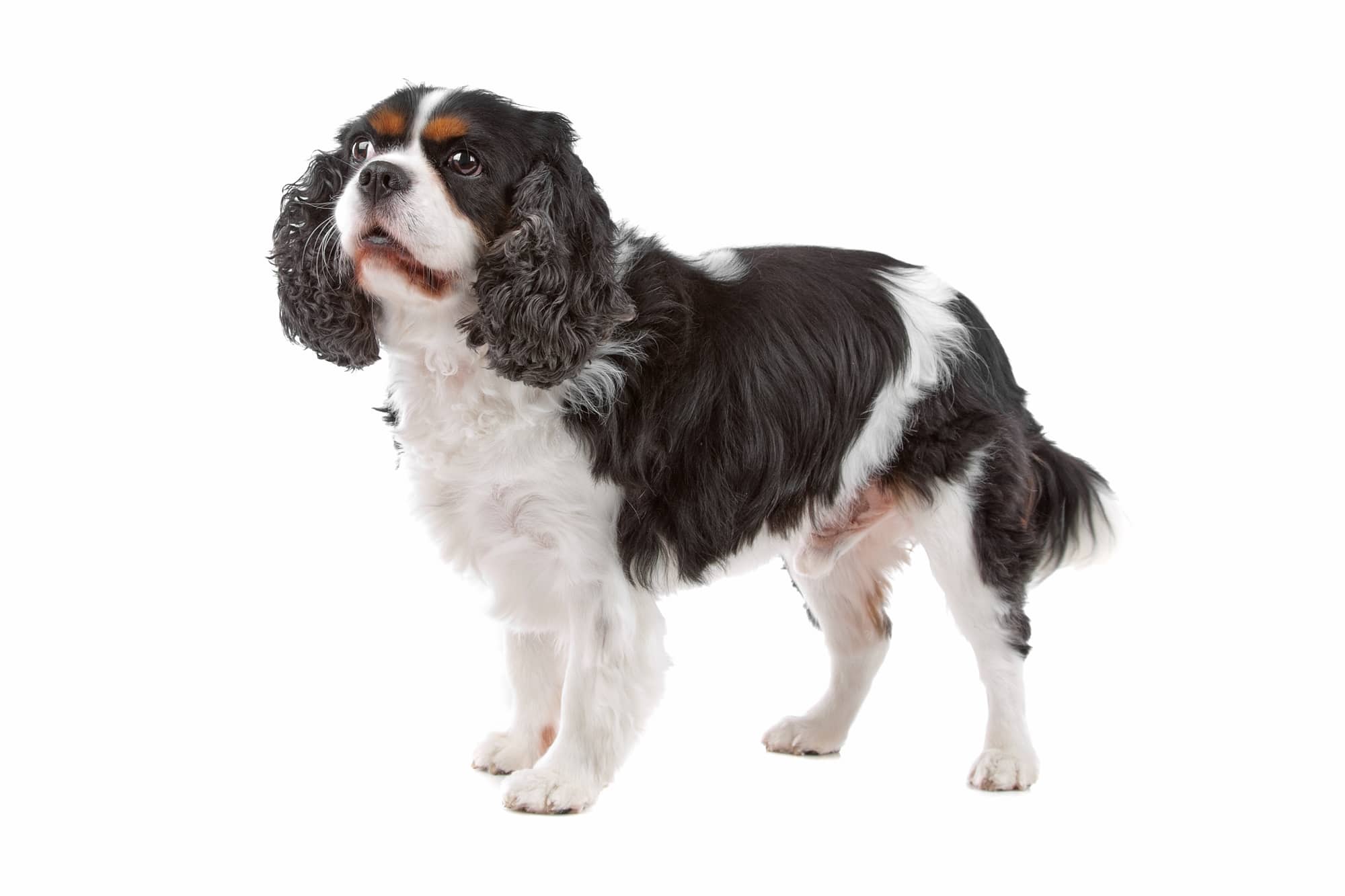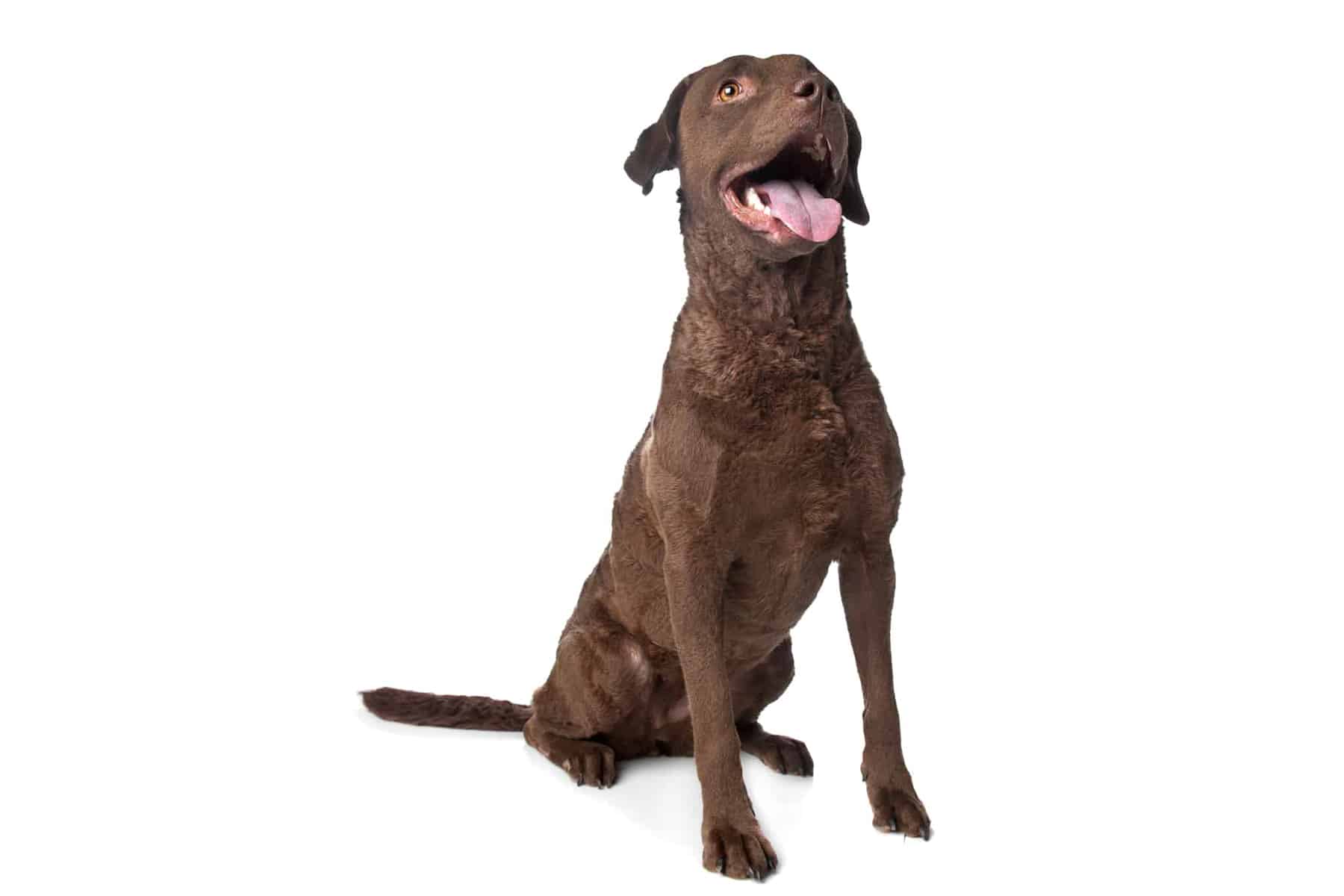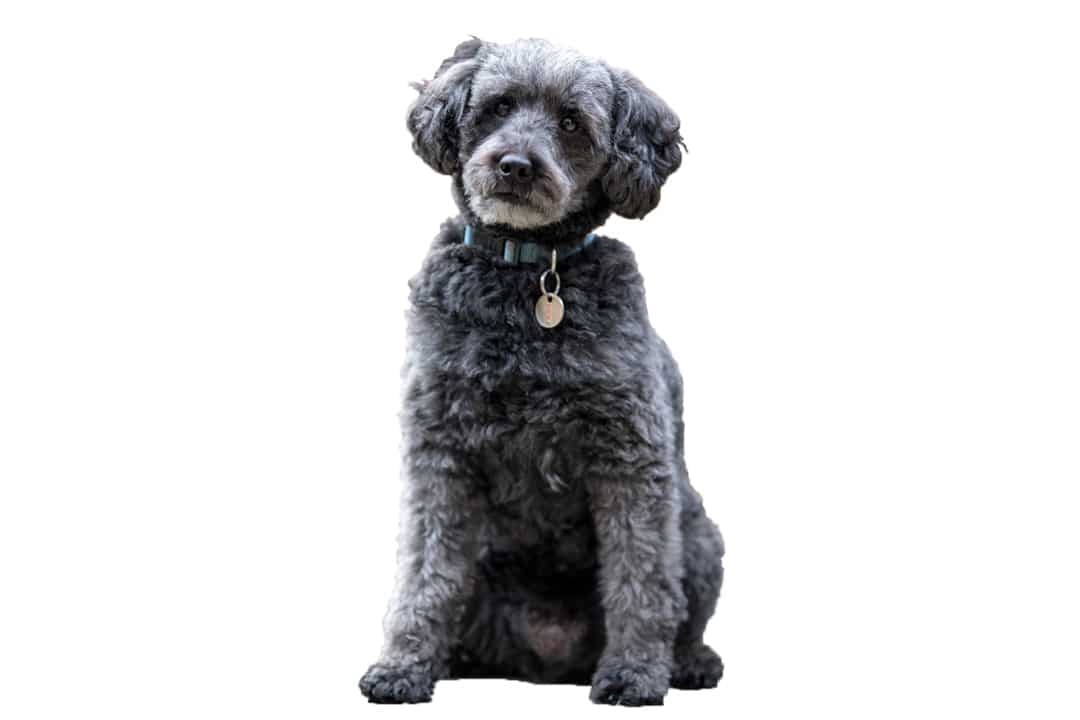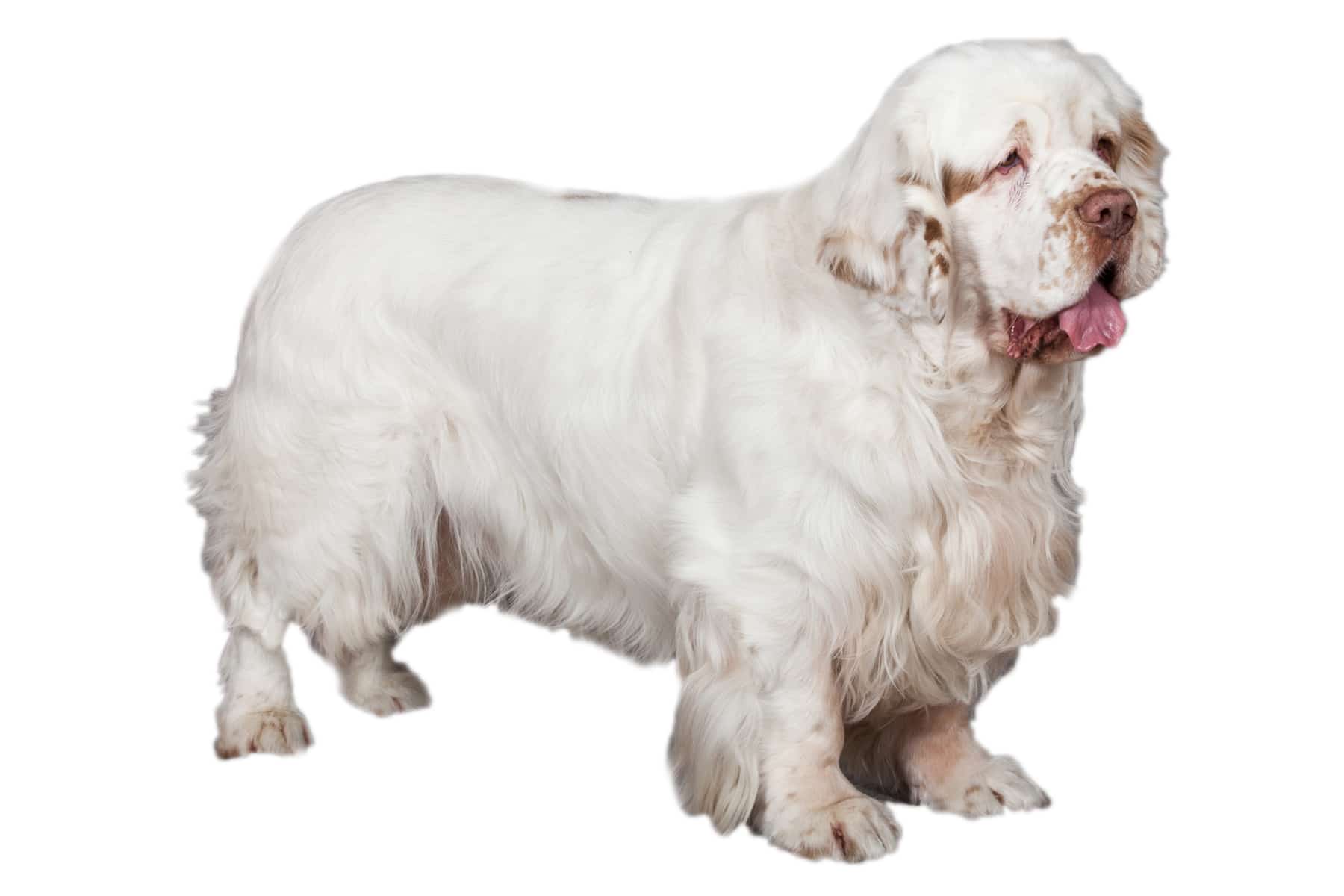Afghan Hound
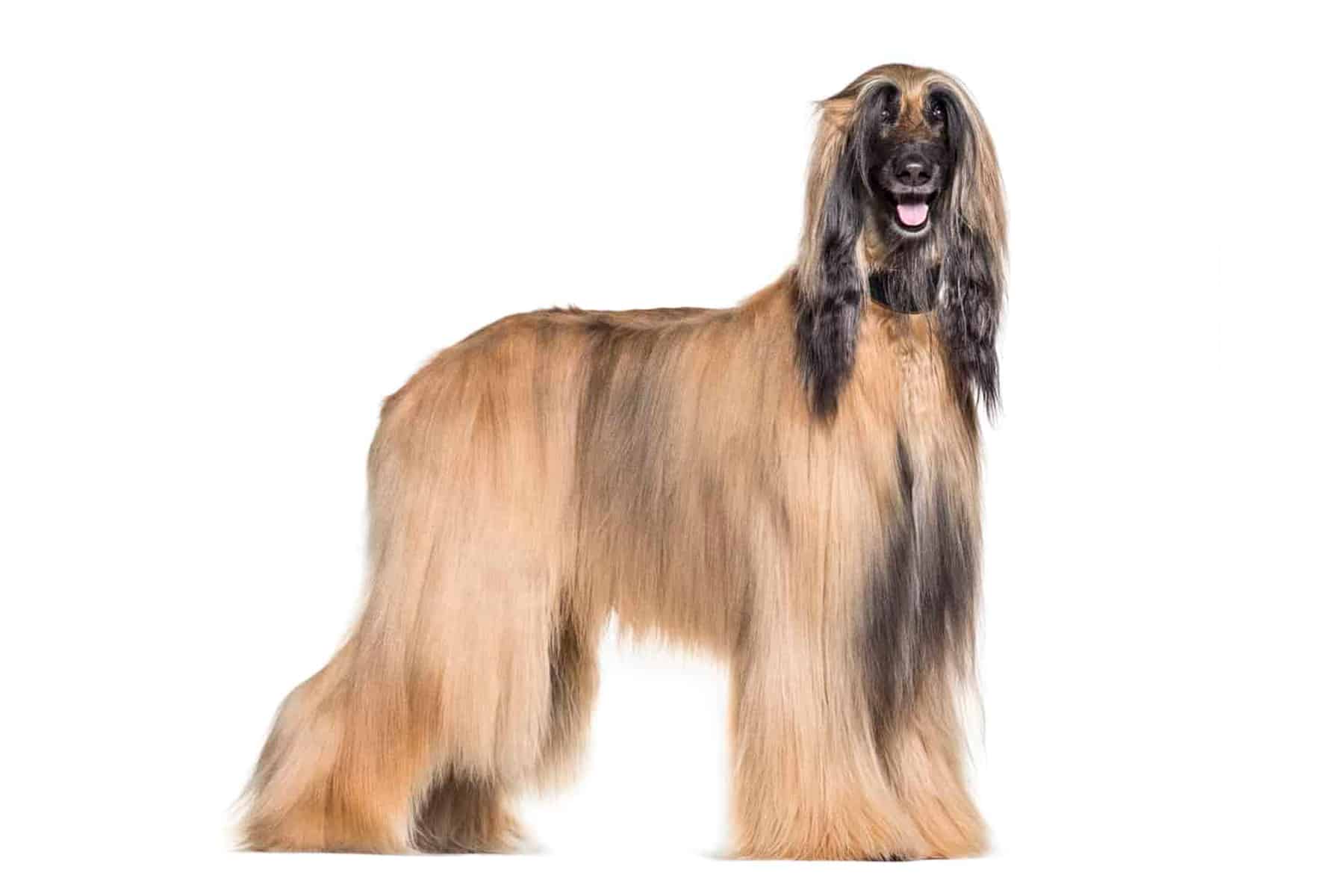
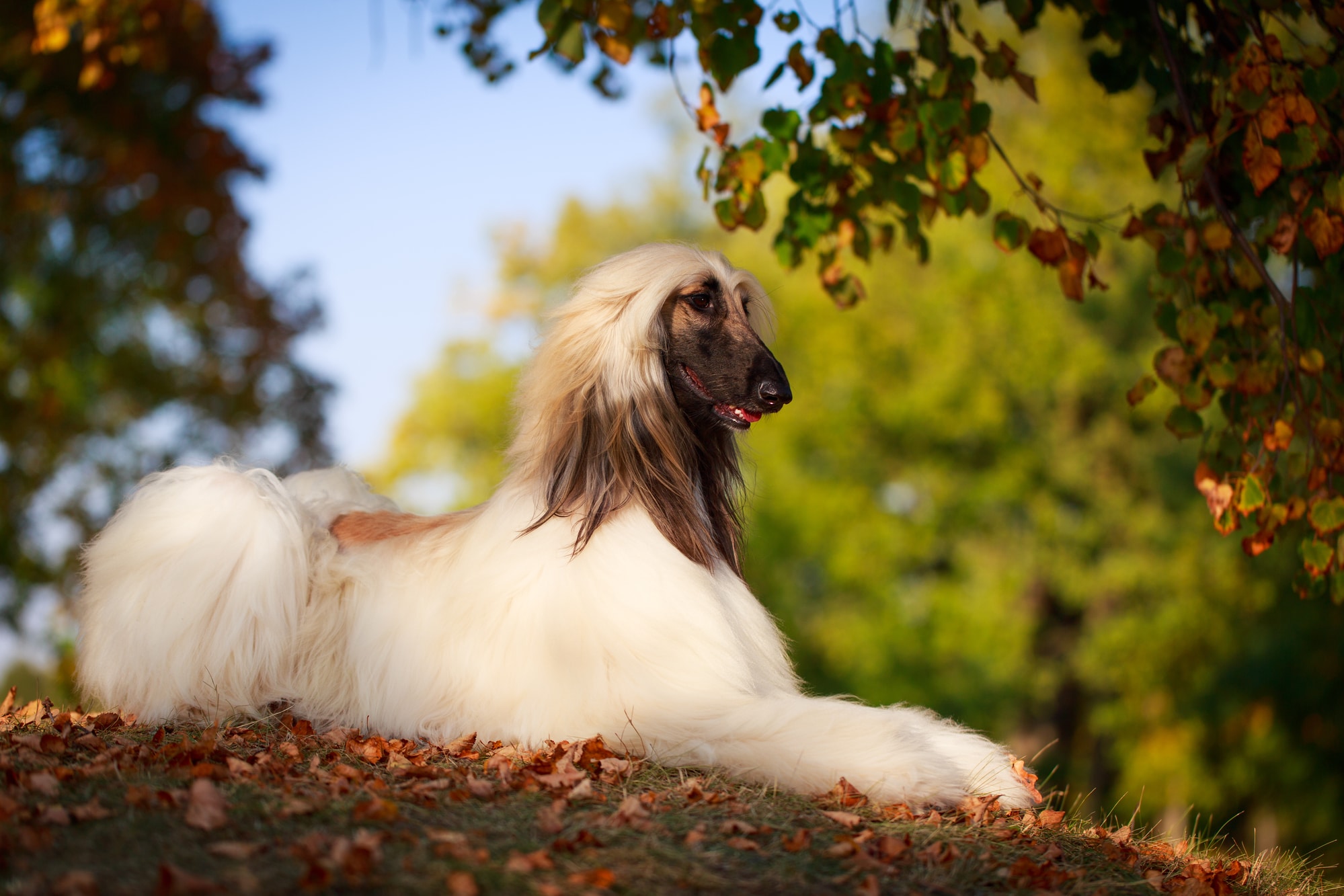
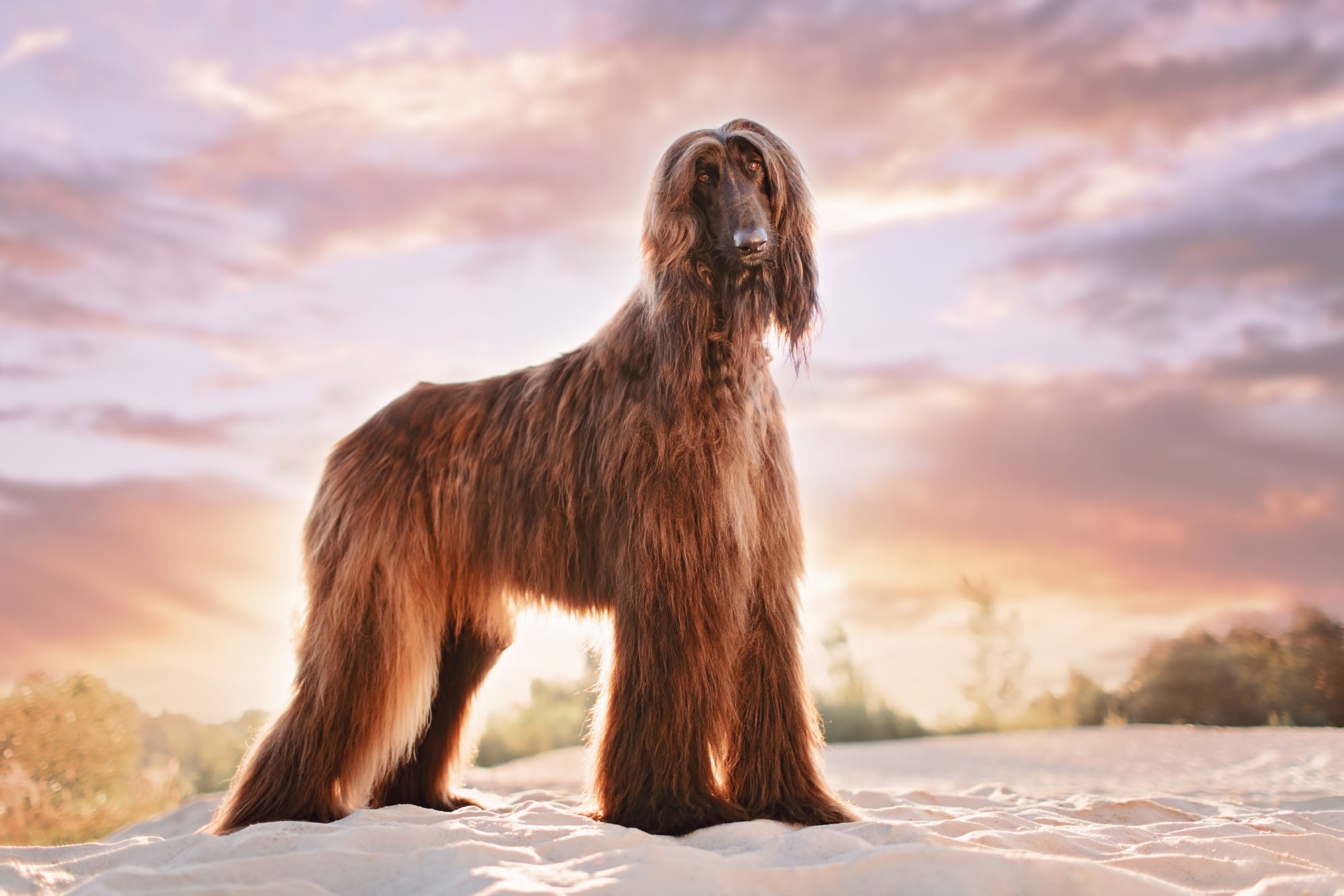
Temperament:
Afghan Hounds fascinate with their grace and beauty. They have been considered a true treasure in their native Afghanistan for thousands of years. They are considered to be very demanding dogs that require a lot of exercise and correct training. They are therefore not for easy-going people.
Characteristics
The Afghan Hound, also known as the Afghan Hound, is one of the dog breeds recognized by the FCI. Its population mainly develops in Great Britain.
They are known for their independent, self-reliant nature and their strong hunting instinct. In their homeland, they were mostly used as lone hunters to track down prey. This behavior is still evident today and can often be very stressful for the owner.
On the other hand, they can also be very lazy and cuddly - an interesting contradiction. So if you're just looking for an animal companion that follows you wherever you go, you've definitely come to the wrong place.
These animals are very proud. They do not like to be suppressed and retain their stubbornness despite their close bond. In the house they are usually quiet and reserved, but when they are outside they go into a kind of hunting frenzy. For this reason, it is very difficult to let the dog run free, as it usually does not listen to whistles or calls. It only returns to its owner when it deems it right.
These beautiful animals are usually skeptical of strangers and animals, in the worst case even dismissive. They are also known for their excellent memory. Even years later, they know who they can trust.
Afghans need a lot of exercise - be it cycling, jogging or dog racing. It is therefore an advantage to regularly attend greyhound races. The dog can really let off steam there. This fascinating type of dog is therefore only suitable for people who have already gained the necessary experience with greyhounds. Future owners should also have sufficient empathy.
Depending on how the dog is trained, it can also be an excellent family dog. In this case, however, the family members should know the dog's characteristics and be able to deal with them. It is also very alert and does not bark.
Coat care:
Shedding:
Energy level:
Trainability:
Children suitable:
The right food
Afghans attach great importance to a high-quality diet. Like all dogs, they are carnivores, so you should always make sure that meat is included in their food. It is also important to add sufficient nutrients and vitamins to the food to keep the dog healthy.
Puppies need up to four meals a day. Adult dogs get by on two meals. The dog should be given a digestive break after each meal so that it is not overfed.
Since animals need a lot of exercise, their feed requirements always depend on their activity. The rations recommended by feed manufacturers are usually sufficient. However, more generous rations can also be given. Depending on the amount of exercise and activity, the amount should always be adjusted so that the pet neither gains nor loses weight.
If you want to change your dog's food, you should give yourself and your dog enough time to do so. Simply add some of the new food to the old one. This allows the dog to get used to the new food slowly. In this way, you minimize the risk of straining your dog's stomach, which can lead to diarrhoea or vomiting.
The same applies to new roommates. It is best to continue feeding him his usual food for a while so as not to put any additional strain on him.
Health & Care
The Afghan's long hair requires one thing above all else - sophisticated grooming. This may be relatively tedious at first, as the hair has to be brushed in several layers, but it is unavoidable. This is the only way to prevent tangles of any kind.
However, it is important to always brush carefully so as not to pull out any of the dog's hair. Even puppies should be accustomed to daily brushing at a relatively early age. You should also always remove branches and leaves from your dog's coat after every walk. This way you can prevent matting from the outset.
The coat of an Afghan Hound needs a thorough cleaning every few weeks. This is best done with a mild dog shampoo. You can also use a conditioner to make brushing easier.
You should check him daily for parasites so that skin changes can be detected and treated at an early stage. This is the only way you can be sure that everything is in order with your dog and that there are no inflammations.
As the Afghan Hound's coat should develop naturally, the hair must not come into contact with scissors.
Dental care snacks are ideal for the teeth. A toothpaste for dogs can also be used to clean the teeth.
Checking and cleaning the ears and eyes is also important.
Suitable accessories
The passion of Afghan Hounds is movement. For this reason, greyhound races are particularly suitable, in which the animals chase after a fake hare or a fluttering ribbon.
The animals are known for their speed and can reach speeds of up to 60 km/h. The four-legged friends are also popular as partners when jogging or cycling.
Dog sports such as lure coursing are also ideal. In lure coursing, a hunt is re-enacted in an open area. The animals chase after a plastic hare train. If several dogs take part, all dogs must wear a muzzle, as the risk of injury is relatively high.
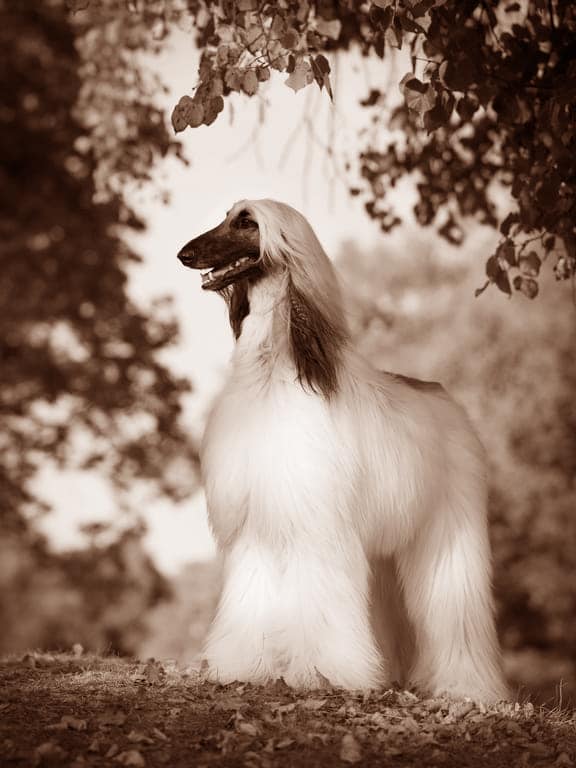
Origin & History
Originally from the highlands of the Hidukush, early nomads bred the first dogs known today as the ancestors of the Afghan Greyhound as early as 4000 BC. Then, as now, they were considered a treasure in this region and were used as guard and watchdogs for a long period of time.
The dogs always provided excellent service and were particularly popular hunting companions. They hunted everything from big cats to the smallest mammals - no prey was safe from them. In this way, he ensured the survival of the nomads and himself. The harsh mountain climate also helped him to develop into a robust and tough dog.
These animals were considered so valuable that any smuggler was immediately threatened with the death penalty. However, British soldiers were not caught and brought the first specimens to Great Britain. At the beginning of the 20th century, enthusiasts then bred different species. For example, the desert dog and the mountain dog were created.
In many other countries, the Afghan Hound only became known much later, for example in Germany from 1930 onwards. From then on, the four-legged friend became increasingly popular as a show dog. Numerous breedings also changed the typical standard of the dog.
Whether show dog, companion dog or sporting dog - today there are numerous breeding lines. Each of these lines deviates from the standard in some way.
